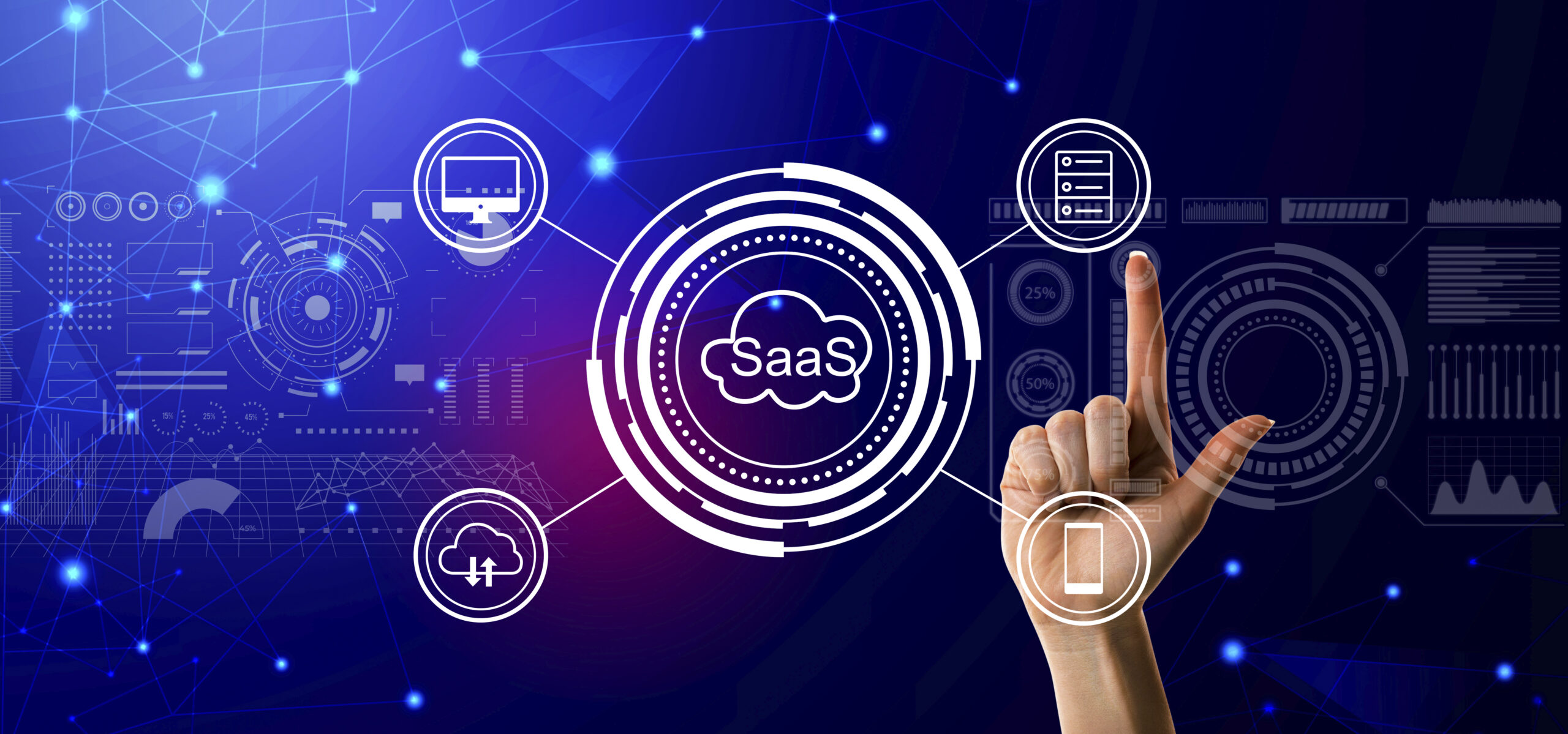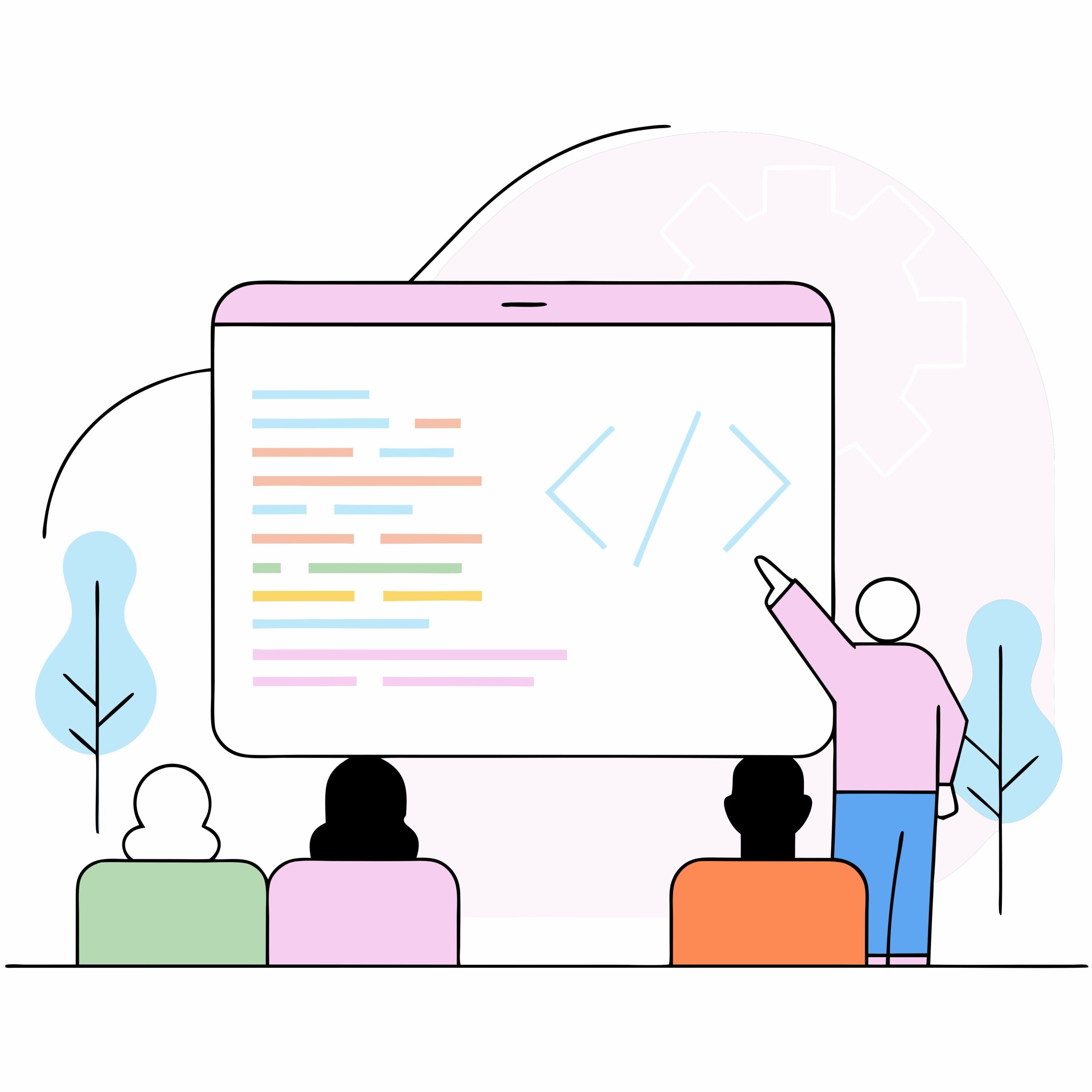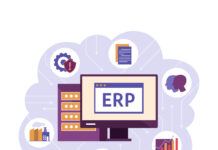In the evolving world of digital transformation, ERP software systems are no longer optional—they’re essential. Whether you’re running a startup, scaling a mid-sized company, or managing a global enterprise, ERP systems provide the structure, automation, and intelligence to drive success in 2025 and beyond.
This article offers an in-depth look at ERP software systems, their structure, functionality, top platforms, and how they empower organizations to stay competitive and efficient.
What Are ERP Software Systems?
ERP (Enterprise Resource Planning) software systems are comprehensive platforms designed to integrate and manage core business processes within a unified digital environment. These systems consolidate processes such as:
- Accounting
- Inventory & Supply Chain
- Customer Relationship Management (CRM)
- Human Resources (HR)
- Sales & Marketing
- Procurement
- Manufacturing
- Project Management
All of this operates in real-time through a centralized database, enabling seamless data sharing, collaboration, and decision-making across departments.
The Structure of an ERP Software System
An ERP system is typically made up of modular components, each handling a specific function but working together in harmony. The key modules include:
1. Finance and Accounting
Tracks and manages every financial transaction, from accounts payable and receivable to payroll and taxation.
2. Human Resources (HRM)
Manages employee information, payroll, benefits, recruitment, and attendance.
3. Inventory Management
Automates stock levels, tracking, warehouse operations, and reorder points.
4. Procurement
Handles supplier relationships, purchase orders, and procurement workflows.
5. Customer Relationship Management (CRM)
Helps build and maintain customer relationships, lead tracking, and after-sales service.
6. Manufacturing and Production
Schedules production, manages raw materials, and tracks progress on factory floors.
7. Sales and Distribution
Oversees sales processes, billing, order fulfillment, and customer communications.
Key Features of Modern ERP Systems in 2025
✅ Real-Time Analytics and Reporting
With dashboards and AI-driven insights, businesses can react to market changes instantly.
✅ Cloud Integration
Today’s ERP software systems are often cloud-based, offering remote access, scalability, and lower IT overhead.
✅ Mobile Access
Access business operations via smartphone or tablet from anywhere in the world.
✅ Customization and Scalability
Tailor modules to meet your exact business needs and scale as you grow.
✅ Automated Workflows
Reduce manual entry and process errors with AI- and rules-based automation.
Types of ERP Systems
1. On-Premise ERP
Installed and maintained on your local servers.
- Pros: High control, customizable
- Cons: Expensive, complex deployment
2. Cloud-Based ERP
Hosted on the cloud and accessible via browser.
- Pros: Cost-effective, fast to deploy, accessible from anywhere
- Cons: Limited customization (depending on provider)
3. Hybrid ERP
A combination of cloud and on-premise to suit complex operations and transition periods.
Benefits of ERP Software Systems
🚀 Operational Efficiency
ERP systems automate and synchronize processes, reducing time and resource waste.
📈 Data Accuracy
A shared database ensures all departments access the same updated data, reducing errors and duplication.
🔐 Enhanced Security
ERP providers include high-level encryption, role-based access, and data protection features.
🌐 Global Scalability
Support for multi-currency, multi-language, and multi-location enables smooth global operations.
🎯 Strategic Decision-Making
Real-time business intelligence tools help leadership take data-backed actions quickly.
Top ERP Software Systems in 2025
Here’s a list of some of the best ERP software systems making an impact in 2025:
1. SAP S/4HANA
Industry-leading solution with deep capabilities across manufacturing, finance, and operations.
2. Oracle NetSuite
Cloud-first ERP for fast-growing businesses, ideal for startups to mid-sized firms.
3. Microsoft Dynamics 365
Combines ERP with powerful CRM, integrated with Microsoft’s entire productivity suite.
4. Odoo
Open-source ERP platform known for modularity and customization, especially for SMEs.
5. Zoho One
Affordable ERP system for small businesses, with integrated CRM, HR, finance, and marketing tools.
6. TallyPrime
Preferred by Indian businesses for accounting, GST, and payroll functions.
7. Marg ERP
Focused on retail, pharma, and distribution companies with robust billing and inventory features.
How ERP Systems Serve Different Industries
🛒 Retail & eCommerce
- Inventory sync across channels
- POS and billing integration
- Customer engagement tracking
🏭 Manufacturing
- Streamlined production planning
- Quality control
- Machine maintenance scheduling
🏥 Healthcare
- Patient records and billing
- Compliance with data security norms
- Procurement and inventory control
🏗️ Construction
- Project costing and scheduling
- Contractor management
- Inventory of materials and machinery
📚 Education
- Student lifecycle management
- Faculty payroll
- Learning management systems (LMS) integration
How to Choose the Right ERP Software System
Choosing the right ERP system is critical to ROI and operational success. Consider the following:
- Business Size & Needs: Choose software that suits your scale and complexity.
- Industry Fit: Opt for ERP systems with features tailored to your sector.
- Ease of Use: User-friendly UI leads to quicker adoption.
- Integration Capabilities: Must connect with your existing tools like CRM, POS, payroll, etc.
- Vendor Support: Ensure timely implementation, training, and post-sale support.
Steps to Implement an ERP System Successfully
- Assess Your Needs – Identify gaps in your current system and set goals.
- Choose a Vendor Wisely – Evaluate features, support, and pricing models.
- Prepare Your Data – Cleanse and migrate only relevant data.
- Train Your Staff – Empower employees to use the system efficiently.
- Monitor and Optimize – Review performance post-implementation and make improvements.
Future Trends in ERP Systems
ERP software systems are evolving rapidly in 2025, driven by emerging technologies:
- Artificial Intelligence (AI): For smart recommendations, process automation, and forecasting.
- Internet of Things (IoT): Real-time tracking of assets, deliveries, and factory equipment.
- Blockchain: Enhanced supply chain traceability and secure transactions.
- No-Code/Low-Code Tools: Customization without heavy coding or IT dependence.
- Voice-Enabled ERP: For hands-free operations and faster access to data.
Conclusion
ERP software systems are not just tools—they are the digital nerve center of modern organizations. They unify departments, streamline processes, and enable real-time data visibility. As businesses embrace automation and digitization, implementing a powerful ERP system becomes a cornerstone of success.Whether you’re a small business owner or a corporate leader, investing in the right ERP system today prepares you for smarter, faster, and more sustainable growth tomorrow.













